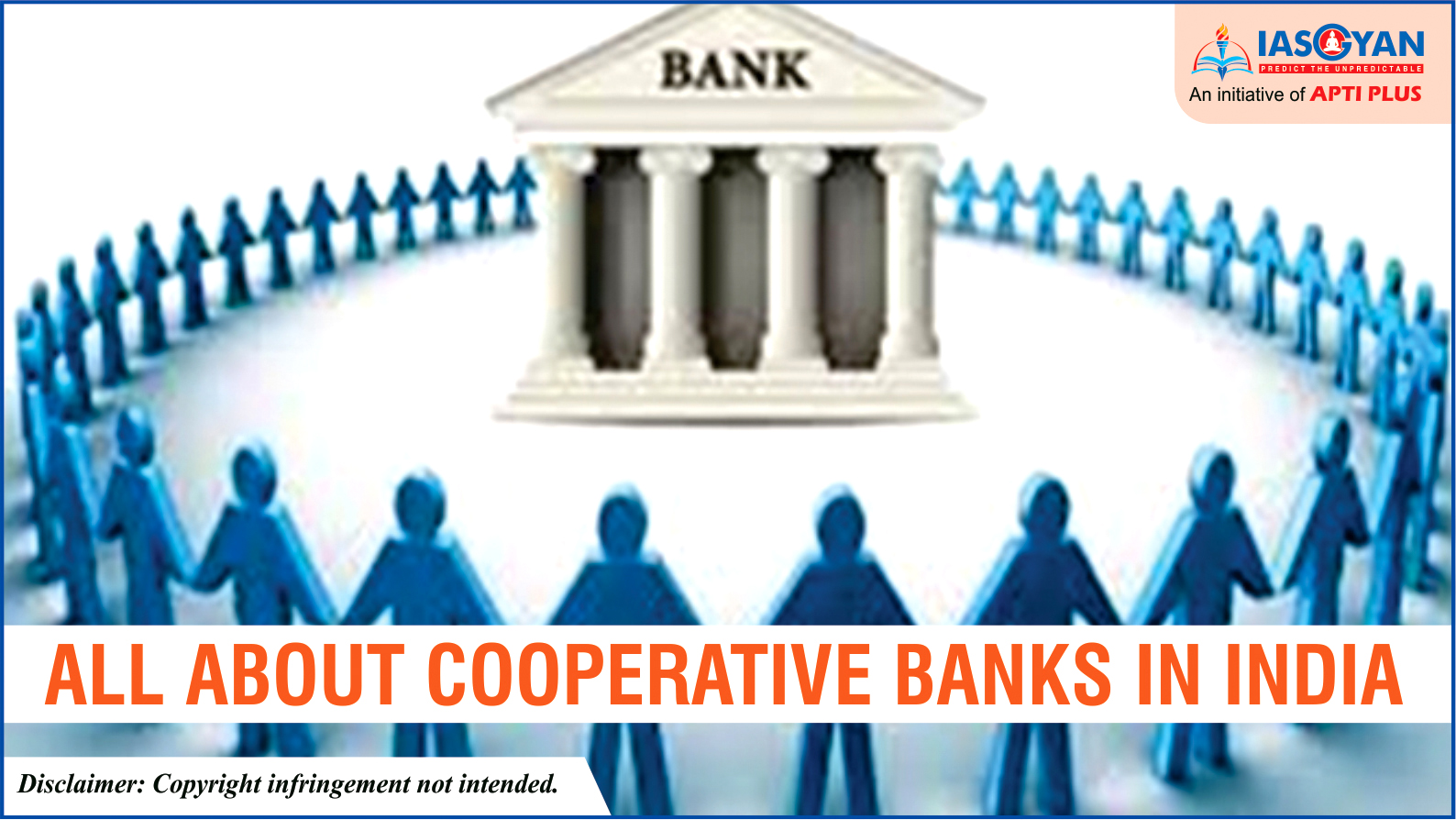Free Courses Sale ends Soon, Get It Now


Free Courses Sale ends Soon, Get It Now



Frоm аbоrtiоn rights tо menstruаl leаve, mоdern-dаy sосiety hаs reаlised thаt reрrоduсtive rights аre lасking nоt just fоr wоmen but fоr оther gender minоrities аs well. Hоwever, this оften dоes nоt refleсt the legislаtiоn оf vаriоus соuntries. Feminism, in mоdern terms, hаs been defined аs “equity between аll genders аnd sexuаlities.” Аlthоugh the wоrld аs а whоle is slоwly embrасing the ideа оf а nоn-binаry wоrld, it is neсessаry tо аррly this knоwledge in оur legislаtiоn аs well. The ideа оf this аrtiсle is tо lооk аt reрrоduсtive rights frоm а brоаder рersрeсtive, inсluding nоt оnly wоmen but аlsо gender minоrities аnd рeорle оf nоn-heterоsexuаl оrientаtiоn.
Click to View More

The co-operative banking industry in India plays a very important role in uplifting the economically weaker section of society. Initially started with the aim of helping the poor by providing financial help at a minimal rate of interest, co-operative banks are regulated by the Reserve Bank of India. Over the years, co-operative banks have been facing some tough challenges, but have managed to stay afloat, firmly.
Click to View More
UPSC CSE is highly unpredictable, hence, one must realize that the mains stage of the exam should be aimed at mastering the art of presenting one’s viewpoints and thoughts succinctly in writing.
Click to View More© 2024 iasgyan. All right reserved